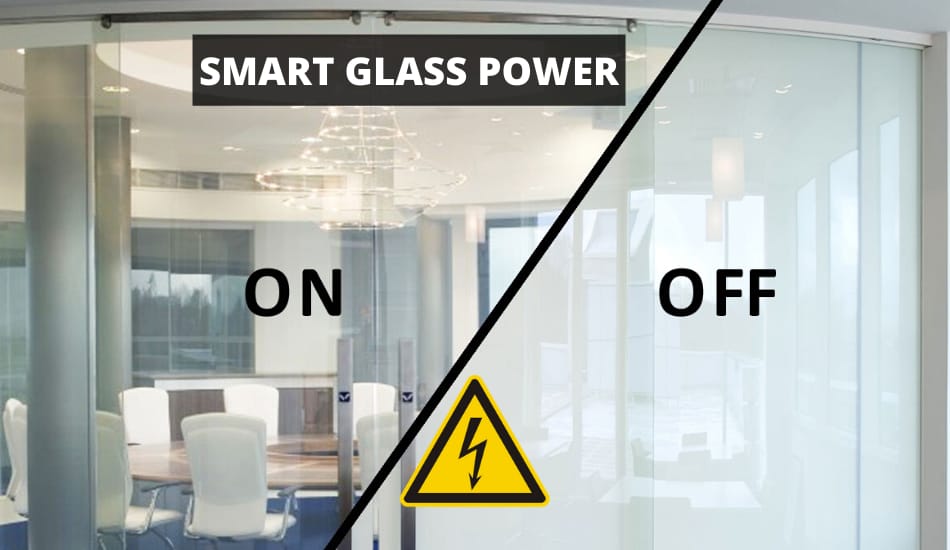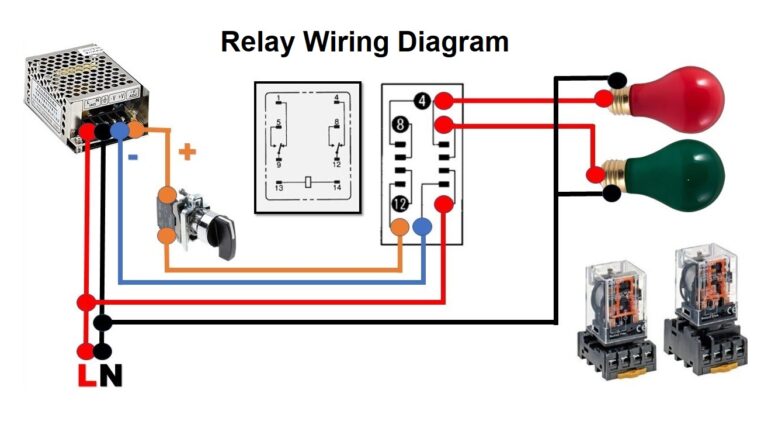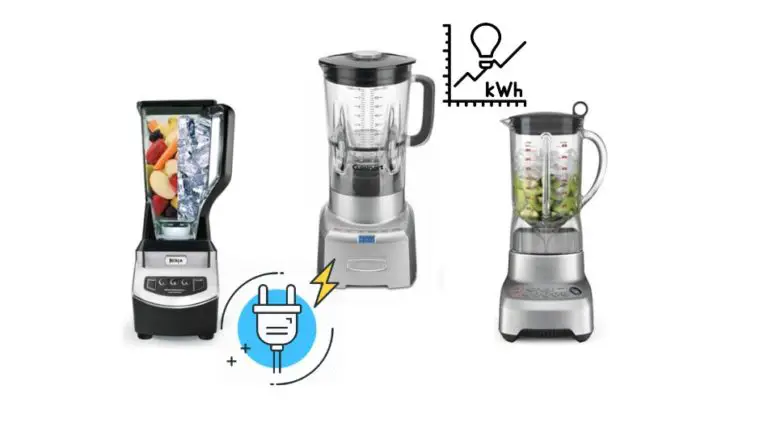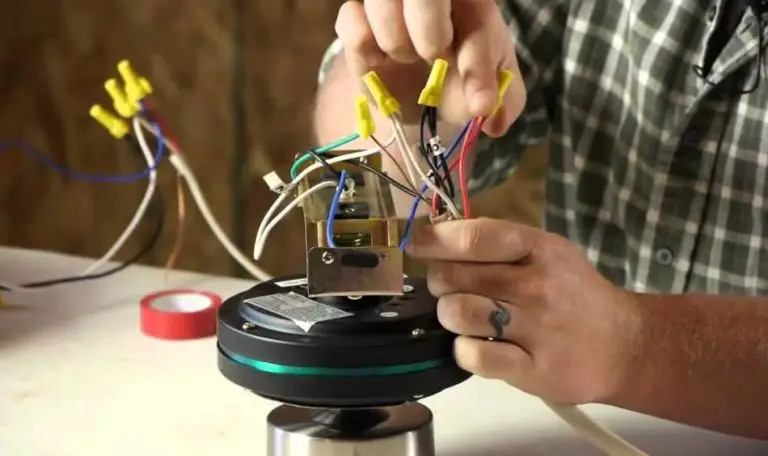How Much Electricity (Power) Does Smart Glass Use?

The technology of changing the degree of transparency of glass was developed back in the eighties of the last century. However, it has received a practical application in our time with the development of the concept of “smart homes”. The basis of the so-called “smart glass” is a liquid crystal lattice, the atoms of which under the influence of electric current change their position, allowing you to adjust the window’s transparency. But how much does this smart glass actually consume electricity (power)? Let’s find out!
So How Much Electricity (Power) Does Smart Glass Use? Smart Glass operates on 110 Volts AC power. It consists of five layers and it use small electrical charge that is approximately 3 to 5 watts per square meter. Smart Glass (electrochromic) uses voltage (12-36 W) and causes lithium-ions to transfer layers and making the glass tint.
The degree of illumination and the temperature outside the window are fixed by special sensors, depending on their readings, the dimming of the glass changes. This can happen both automatically and in accordance with the degree of transparency set by the person.
Maximizing natural light through the strategic use of smart glass can reduce the building’s dependence on artificial lighting. Since electrochromic glass works with very low electrical voltages, 150 square meters of smart glass use less electricity (power) than a simple 60-watt bulb. The energy consumption of such a system with a power regulator does not exceed 7 watts per square meter of glass.
There are ways you can measure the power consumption of every electric device in your home. You can check some of them, HERE.
Table of Contents
How Much Energy Smart Glass Can Save?
According to the Building Energy Data Book from 2017, in the USA in 2015, buildings accounted for 39% of total energy consumption and 73% of electricity consumption. According to a 2019 California State Energy Commission study, electrochromic windows (smart glass) provide 44% savings in energy consumption for lighting compared to the baseline scenario (without daylight monitoring).
In addition, due to the cooling capabilities of smart windows on clear sunny days, a 19–26% decrease in peak loads associated with the operation of air conditioning systems was noted. Here you can see The Pros and Cons of Smart Glass (Smart Windows).
Electrochromic windows provide 44% savings in energy consumption for lighting compared to the baseline scenario (without daylight control). In addition, due to the cooling capabilities of “smart” windows, on clear sunny days, a decrease of 19–26% in peak loads associated with the operation of air conditioning systems was noted.
US Building Energy Data Digest
How Smart Glass (Electrochromic) Work?
Electrochromic glass (also called smart glass) is a glass that is tinted electronically and used for windows, skylights, facades, and curtain walls. This technology is been around for years and it’s not new. The operation of electronic glass is based on the polarization of microparticles (PDLC / LCD, SPD, ECD) in an electromagnetic field. Under the influence of an electric current, the glass surface changes the light transmittance.
Remember when installing Smart Glass in your home, you Need to turn off the electricity in your house!
With the help of an electric switch, you can adjust the properties of the glass: when turned on, the glass becomes frosted, and when turned off, it is transparent. Such a transition is carried out in a split second. Electrochromic glass, which can be controlled automatically or directly by the occupants of the building, is appreciated for its ability to improve comfort, bring in as much natural light as possible, and offer a view of the outside. It also reduces energy costs and gives architects greater freedom of creation.
What is the Life-Span of Smart Glass?
A first prototype of smart glass was developed by Chinese researchers in 2013. It makes it possible to produce electricity via photovoltaic cells. Smart Glass can last up to 30-50 years. Life span can also be calculated in the way that you can approximately 7,000,000 times turn on and off your smart glass.
What is Smart Glass is Made Of?
There are two main technologies for making smart glass. The first of them, SPD, implies the presence of a special PDLC film with particles suspended in a liquid deposited on it. The film is placed between two glasses or pieces of plastic. Under the influence of electricity, such a double-glazed window will absorb light, preventing its penetration through particles.
Typically, glass made using this technology has a black, gray or blue color, the depth of which is controlled by the control panel. Most often, it takes a few seconds to change the operating mode of smart glass.
Electrochromic devices change the material’s transparency when voltage is applied, thereby controlling the amount of transmitted light and heat: the state changes between a color, translucent state (usually blue) and transparent. Shades in the “dark” state can be from the most saturated tinting to subtle shading.
Where Smart Glass Is Best Used For?
Electrochromic glass is an intelligent solution for buildings in which controlling sunshine is challenging, whether it be classrooms, healthcare facilities, office spaces, shops, museums or cultural institutions. It is particularly suitable for atriums and canopies. More and more companies made numerous installations to control the amount of sunshine in all these sectors to protect the occupants from heat and glare.
Electrochromic glass preserves natural light and outward vision, two elements associated with faster learning, faster patient recovery, greater well-being, increased productivity, and reduced absenteeism.
Electrochromic glass offers a variety of control options. The automatic mode, controlled by exclusive algorithms, makes optimizing the supply of light, glare, energy consumption, and color rendering possible. The controls can also be integrated into the existing building automation system. Smart glass allows users to manually change the shade of the glazing using a wall control or a mobile application.
Main Benefits of Smart Glass
- Smart glass instantly switches between transparent and opaque states. It takes approximately 0.1 sec to switch the desired state.
- The basic condition is matte. When voltage is applied, the glass becomes transparent, and when turned off, it becomes frosted. This feature is important because you will remain “invisible” to others if a voltage drop or malfunctions occur.
- Safety. Smart glass is a triplex, so it can be both shockproof and bulletproof.
- Pass up to 80% of sunlight or other light source, regardless of state (transparent or opaque)
- Energy-saving. Electrochromic glass consumes a minimum amount of electricity (4-6 W/m). In addition, due to the liquid crystal layer, it increases heat and sound insulation.
- The convenience of operation. In practicality, they are not inferior to ordinary double-glazed windows, they are also easy to clean and retain heat.
- Ease of management. For “smart glasses”, both wired and remote control are provided.
- Reliability. Manufacturers of this type of glazing give a guarantee of 5 years.








